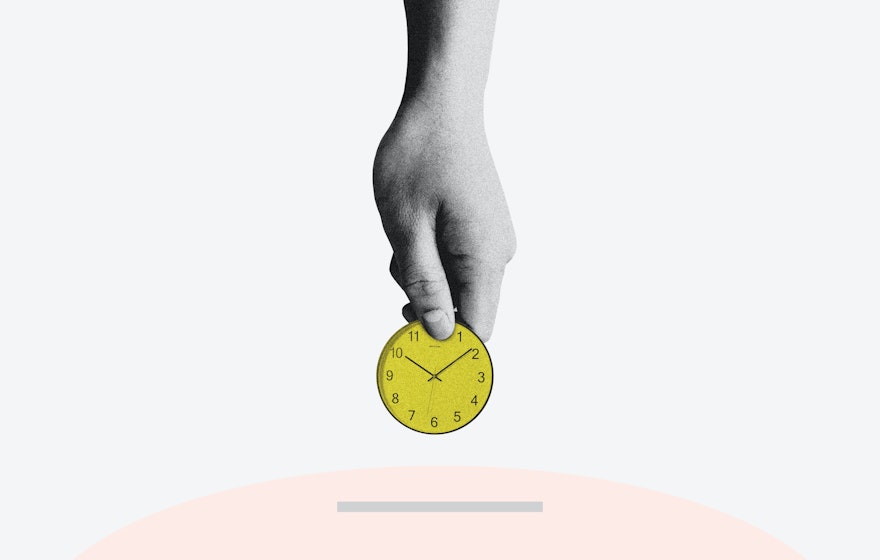If you've ever navigated the world of education, whether in high school, college, or vocational training, you've likely come across the terms "clock hours" and "credit hours." These terms play a crucial role in structuring educational programs and determining the workload required to complete a course or program. In this blog post, we'll dive into the intricacies of these concepts, focusing on the question: How many clock hours are equal to one credit hour?
Defining the Terms: Clock Hours and Credit Hours
Before we delve into the relationship between clock hours and credit hours, it's essential to understand what each term signifies.
Clock Hours
Clock hours refer to the actual time a student spends in a classroom or engaged in learning activities. These hours include time spent attending lectures, participating in discussions, completing assignments, and other educational activities. Clock hours provide a tangible measure of the time investment required for a particular course or program.
Credit Hours
Credit hours, on the other hand, represent the academic value assigned to a course. They serve as a way to quantify the effort and time students are expected to dedicate to a course. One credit hour typically equates to around 15 to 16 hours of student engagement, which includes both classroom time and individual study.
The Relationship Between Clock Hours and Credit Hours
The relationship between clock hours and credit hours can vary depending on the educational institution, level of education, and the type of course or program. However, a general rule of thumb is that one credit hour corresponds to around 45 to 48 clock hours. This breakdown helps ensure a balance between instructional time and the time students need for independent study and coursework.
For instance, a typical three-credit college course might involve approximately 45 hours of classroom instruction combined with 90 hours of additional reading, assignments, and studying. In total, this would amount to roughly 135 hours of engagement, which aligns with the general guideline of one credit hour equating to 45 clock hours.
It's important to note that credit hour definitions can differ across institutions. Some universities might have variations based on the intensity of the course, such as lab-based courses requiring more hours due to hands-on activities. Additionally, vocational and technical programs might have different ratios of clock hours to credit hours based on practical training requirements.
Factors Influencing Clock Hours and Credit Hours
While we've established a general guideline for the relationship between clock hours and credit hours, it's important to recognize that this relationship is not always a fixed ratio. Several factors can influence the specific breakdown of time and effort required for a course. Let's explore some of these factors:
1. Course Level and Intensity:
Courses at different academic levels might have varying expectations for student engagement. Introductory courses might have a lower ratio of clock hours to credit hours compared to advanced or specialized courses. Additionally, courses with higher levels of complexity, such as advanced science labs or research-based projects, may demand more instructional and study hours.
2. Educational Institution Policies:
Educational institutions have the autonomy to set their own policies regarding credit hours. This can lead to variations in the relationship between clock hours and credit hours, especially across different universities, colleges, and vocational schools. Some institutions might prioritize practical training, while others emphasize theoretical instruction.
3. Course Format:
The format of a course, whether it's delivered in person, online, or in a hybrid model, can impact the distribution of clock hours and credit hours. Online courses, for example, might allocate more credit hours to account for the additional time required for self-directed learning and digital interactions.
4. Learning Outcomes and Assessment:
The nature of learning outcomes and assessment methods can also influence the time students need to invest. Courses with extensive projects, presentations, or research assignments might require more hours to complete effectively. Similarly, courses with frequent assessments might have a higher credit hour allocation to accommodate the preparation required.
5. Practical Components:
Courses that involve hands-on, practical components such as labs, internships, or fieldwork might require additional clock hours to ensure students gain sufficient experience. These components are often integral to the learning process and contribute significantly to the development of practical skills.
6. Accreditation and Standards:
Accrediting bodies and industry standards can play a role in determining the credit hour allocation for specific programs. For instance, certain professions or fields of study might have established guidelines that dictate the minimum number of hours required for a course to meet accreditation standards.
7. Student Engagement:
The amount of time individual students spend on assignments, reading, and studying can also vary. Some students might grasp concepts quickly and require less study time, while others might need more repetition and practice.
Adapting to Educational Diversity
As we navigate the intricate landscape of education, it's important to recognize and adapt to the diversity of factors that influence the relationship between clock hours and credit hours. The flexibility of this relationship allows educational institutions to tailor their programs to meet the needs of diverse learners and align with their educational goals.
For students, this complexity underscores the importance of reading course syllabi thoroughly and engaging with academic advisors to understand the specific requirements of each course. Being proactive in managing time, seeking help when needed, and maintaining a balance between classroom engagement and individual study can enhance the learning experience.
Implications for Students and Educators
Understanding the relationship between clock hours and credit hours is valuable for both students and educators. For students, it helps in managing their time effectively and planning their coursework load. Recognizing that each credit hour involves not just classroom time but also independent study hours can lead to better academic success.
Educators benefit from this understanding by designing courses that strike the right balance between instructional hours and assignments. It ensures that students receive a comprehensive learning experience that goes beyond passive listening in the classroom.
In Conclusion
In the realm of education, the interplay between clock hours and credit hours is a crucial factor in determining the structure and workload of a course. While the general guideline is that one credit hour corresponds to around 45 to 48 clock hours, variations exist based on the institution and type of program. By grasping this relationship, students can manage their time effectively, educators can design meaningful courses, and educational institutions can uphold rigorous standards of learning. If you’re a clock hour school looking for a solution to track student hours, click here to learn more about MyPath.

